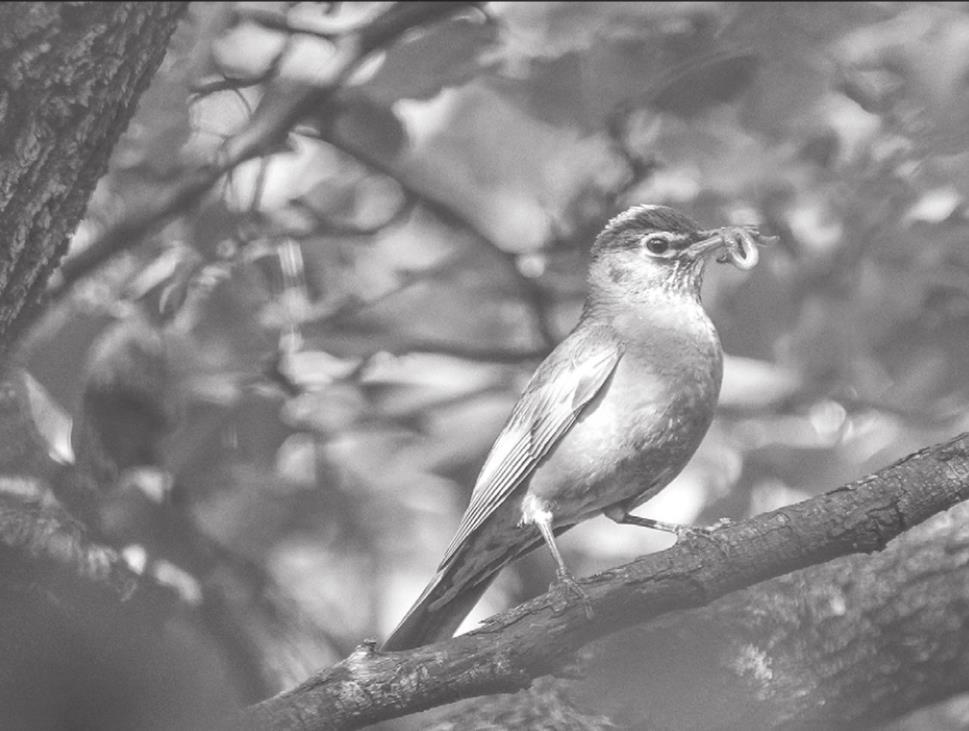

Birds go silent after teaching their nestlings to sing. Photo from Metro Creative
EXPLORING NATURE: SILENT SUMMER
Summer is a quiet time for many birds. The dawn chorus is toned down and silence replaces singing.
Birds sing for two basic reasons — to attract a mate and to defend a territory. At this time of year, most birds have paired off and even raised families. After teaching their youngsters how to sing, many birds go silent.
Also, after breeding, feather molting kicks in and birds shed their old, worn feathers. Most species in North America will grow an entirely new set of feathers by way of a complete molt.
During this process, birds are very vulnerable to predators since they are less maneuverable or powerful in flight. It’s a good time for many birds, including sparrows, warblers and thrushes, to lie low and keep quiet.
Especially vulnerable are some waterfowl, including loons and grebes, who lose all their primary and secondary feathers at once, rendering them flightless for about a month. Can you imagine a bird unable to fly for a month? Wow.
To help them survive, male ducks grow a special set of camouflaged feathers, called eclipse plumage, and during July many look especially scruffy and mostly brown, like they’re all females.
Shortly after their primary feathers have regrown, and they can once more fly, male birds will eventually regrow all their bright body feathers.
Ironically, silence can make birds harder to spot just at the time of year when they are most abundant. So don’t consider these the ‘dog days of summer’ but think of them as the ‘bird days of summer.’
The birds are there, just a little harder to locate. And the relative silence makes us appreciate the singing of spring.











